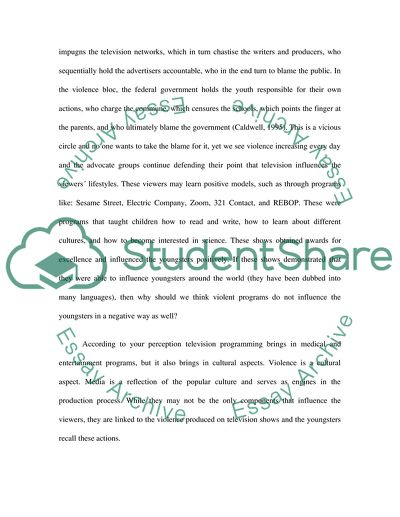Cite this document
(“Television Programming Violence that Causes Real Violence Essay”, n.d.)
Retrieved from https://studentshare.org/media/1540774-argument-deliberative-revision
Retrieved from https://studentshare.org/media/1540774-argument-deliberative-revision
(Television Programming Violence That Causes Real Violence Essay)
https://studentshare.org/media/1540774-argument-deliberative-revision.
https://studentshare.org/media/1540774-argument-deliberative-revision.
“Television Programming Violence That Causes Real Violence Essay”, n.d. https://studentshare.org/media/1540774-argument-deliberative-revision.


